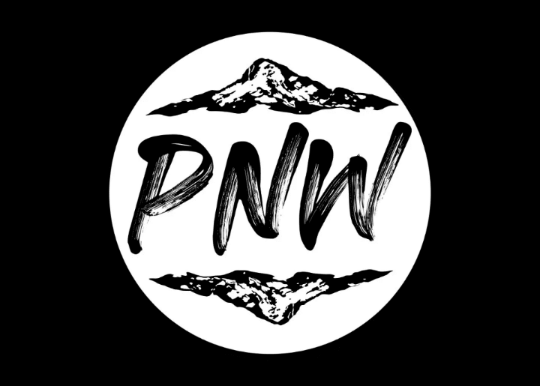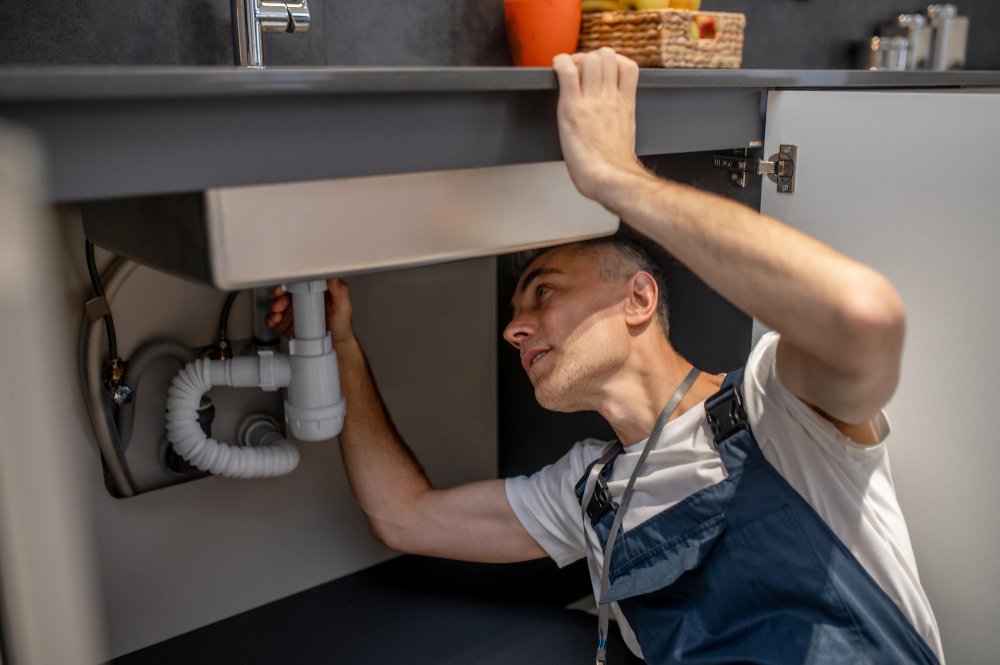Water pressure is one of the essential things that every home needs. But what happens when the water pressure in your home starts to dwindle? In this blog, we'll be discussing the possible causes of low water pressure and what you can do to fix it. From broken pressure regulators to plumbing leaks, we'll cover everything you need to know to get your water pressure back up daily!
- Broken pressure regulator
Low water pressure is an issue that plumbers and homeowners face from time to time. It can be caused by various factors, from a broken pressure regulator to a leaky system. In most cases, fixing the issue requires replacing the part or repairing the leaky system. Depending on the severity of the problem, this may be all needed to restore water pressure to normal. If your water pressure is low, try changing the regulator to see if the pressure returns to normal. If the device is malfunctioning, it may need to be repaired or replaced, which requires the services of a qualified plumber.
- Blockage in pipes
Low water pressure may be an annoying issue. Various factors can cause it, but one of the common culprits is a blockage in pipes. Consult an expert if the pressure is low and can't be fixed by standard measures. Several methods can be used to improve low water pressure, so consult the plumbing professional of your choice to determine the best course of action. If the problem persists and repairs are impossible, consider replacing the entire plumbing system. Doing so will ensure that you have a system that can supply you with the water pressure you need.
- Water supplier issues
If your water supply has water pressure issues, you may experience low water pressure at home. Unfortunately, problems with your water supplier or municipal water supply cannot be resolved in your house. If your neighbors are also having trouble, consult your water supply provider to find out if any problems are occurring and when they are expected to be resolved.
- Interior pipe deterioration
Interior pipe degradation can induce low water pressure to a faucet through various mechanisms, including pipe network obstructions, kinking, and damage in distribution lines. When these circumstances present, water flows slowly, if at all, through the pipeline and into your faucet. Low water pressure is usually just a sign of additional issues with your plumbing system that you aren't aware of. If this is your situation, you must have a knowledgeable specialist analyze your system to rectify any problems as soon as possible.
- Plumbing leaks
Low water pressure is usually indicative of a plumbing leak, and in most cases, it can be remedied by fixing the leak. However, if the low water pressure is persistent or severe enough, replacing the plumbing system or inflow valve on your main line may be necessary. If this is the case, you will need to hire a professional plumber to do the repair work.
Low water pressure is often a problem for homeowners because it can cause plumbing problems. This may include issues with the faucets, bathtubs, and toilets running slowly or not working. It also causes pipes to rust and corrodes, making them less effective at carrying water and heat. If you're experiencing low water pressure and don't know the source, it's essential to have a professional inspect your plumbing system. If a leak causes low water pressure, fixing it will usually resolve the issue. However, if the low water pressure is due to the age or decay of pipes in your home plumbing system, replacing them may be necessary.

